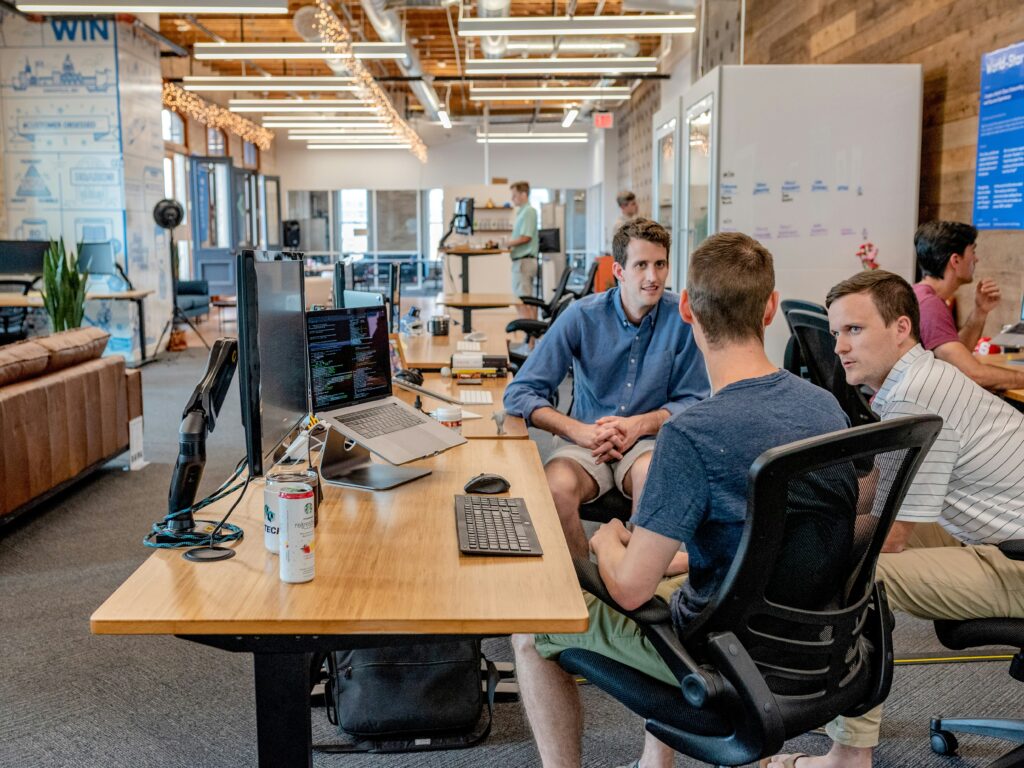In recent months, the tech world has witnessed a significant acceleration in the development and adoption of integrated productivity platforms. This isn’t just about minor updates; it’s a fundamental reimagining of the digital workspace. The latest trend observed throughout Q3 and Q4 2024 is the accelerating convergence of task management, communication, document collaboration, and even light project management features into single, powerful ecosystems. Major software developers, alongside innovative startups, are launching and enhancing platforms that promise to reduce the infamous ‘app fatigue’ that plagues remote and hybrid teams.
This push towards consolidation is a direct response to the documented challenges of fragmented digital toolkits. A recent (hypothetical) report by Gartner, ‘The State of Digital Workflows 2024,’ indicated that employees spend an average of 32% of their workday switching between various applications. This ‘context switching’ significantly reduces focus and overall productivity. The report further highlighted that businesses adopting integrated **Next-Gen Productivity Software** solutions experienced a 15-20% boost in project completion rates and a noticeable reduction in internal communication overhead within the first year of implementation. These platforms are not merely bundling existing features; they are intelligently weaving them together to create a seamless user experience, often leveraging advanced automation to anticipate user needs and suggest next steps.
The impact of this revolution is far-reaching, fundamentally changing how teams collaborate and manage their daily tasks. For instance, in an integrated platform, a project manager can assign a task, communicate directly with team members in a dedicated chat, share and co-edit documents in real-time, and track progress, all without leaving the primary application interface. This eliminates the constant toggling between email, chat apps, document editors, and task trackers, leading to fewer missed deadlines and improved project transparency. For creative teams, version control becomes less of a headache with embedded document histories and approval workflows. Sales and marketing departments benefit from unified dashboards that track campaigns from ideation through execution and analysis, all within one system. The enhanced oversight and centralized data mean better decision-making and a more agile response to market changes across various industries, from tech startups to established enterprises.
Looking ahead, industry experts predict further evolution in the realm of **Next-Gen Productivity Software**. Dr. Elena Petrova, a leading tech analyst at ‘Digital Futures Institute,’ commented recently in a Forbes Tech Council article, “The future of work is undeniably integrated and increasingly intelligent. We’ll see even deeper automation, more personalized user experiences, and predictive analytics built into these platforms. The goal is not just to house all tools in one place but to make those tools anticipate and support workflows autonomously.” This suggests that upcoming iterations will focus heavily on AI-driven insights to optimize team performance, automate repetitive administrative tasks, and even offer predictive suggestions for project timelines based on historical data. The trend indicates a move towards systems that learn from user behavior to proactively enhance productivity, making the digital workspace truly intelligent.
In conclusion, the rise of **Next-Gen Productivity Software** marks a critical turning point for businesses aiming to thrive in a complex, fast-paced world. By consolidating tools and enhancing collaborative capabilities, these platforms are not just improving efficiency; they are fostering a more connected, transparent, and ultimately more productive work culture. Embracing these integrated solutions is no longer a luxury but a strategic imperative for any organization looking to future-proof its operations and empower its workforce.

